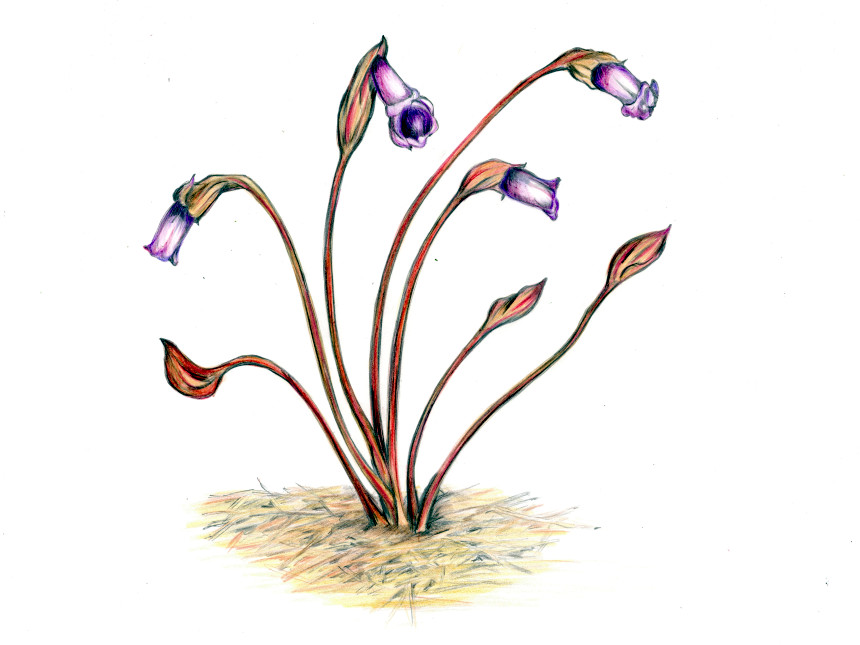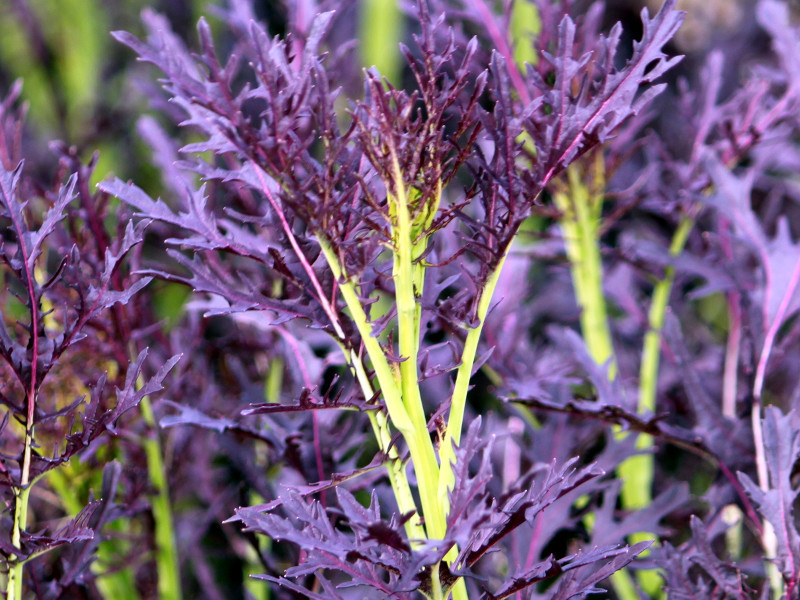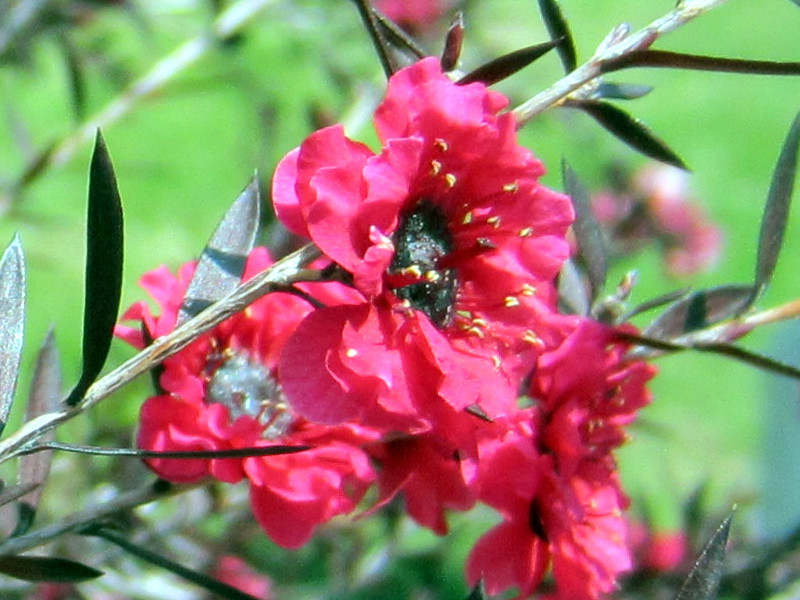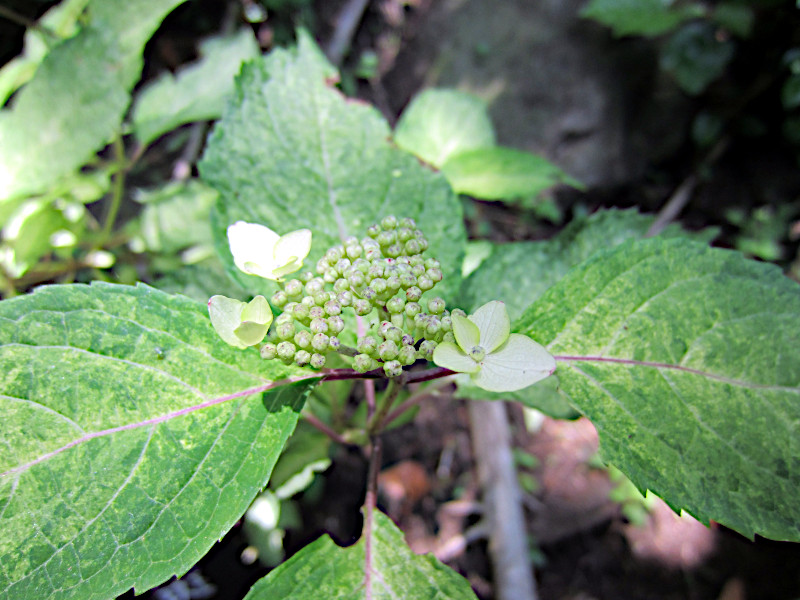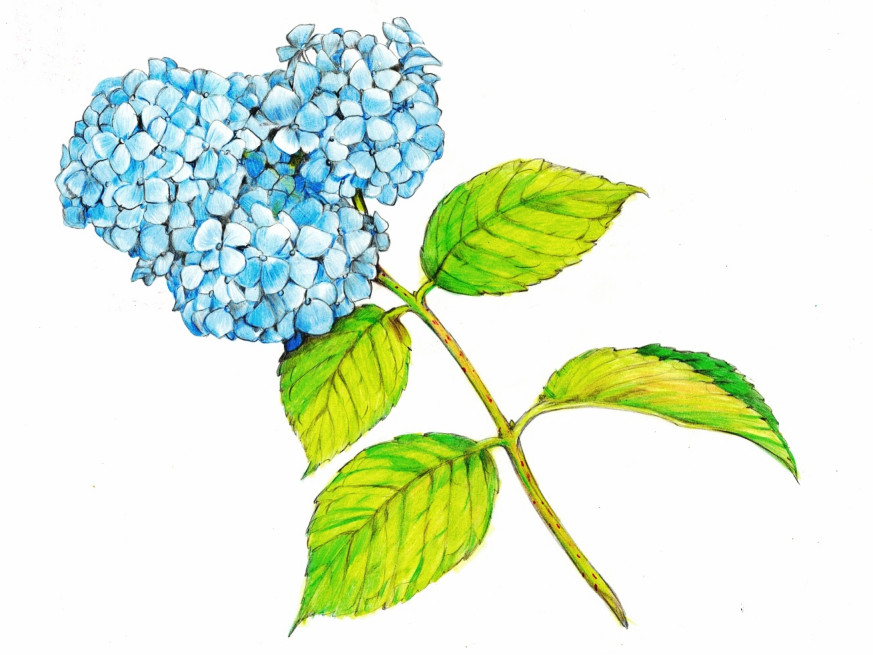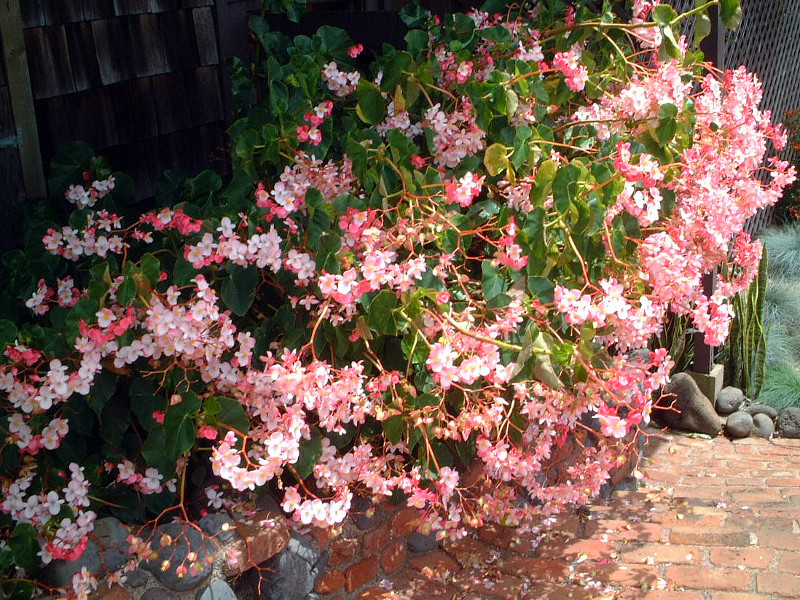Aeginetia indica
- Flower nameAeginetia indica
- Scientific nameAeginetia indica
- Alias思ひ草, 南蛮煙管, オモイグサ
- Place of originJapan, Taiwan, and China to India
- Place of floweringFields and footpaths
- Flowering seasonJuly, August
What is Aeginetia indica
Aeginetia indica, Indian broomrape , forest ghost flower or Nanban gicelle (scientific name: Aeginetia indica) is an annual parasitic plant native to Japan, Taiwan, and China to India, belonging to the genus Aeginetia of the Orobanchaceae family. It is found throughout Japan, from Hokkaido to Kyushu and Okinawa, mainly as a parasite on the roots of monocotyledonous plants such as grasses, katydids, and ginger plants to deprive them of nutrients. Specifically, it is found at the roots of Miscanthus sinensis or susuki (scientific name: Miscanthus sinensis), Ginger, scientific name: Zingiber officinale, and Hosta, giboshi or plantain lilies (scientific name: Hosta Hybrids). It has no chlorophyll and cannot produce its own nutrients.
The grass is 10-20 cm tall, but the stems do not grow out of the ground, and several long flower stalks grow from the leaf axils. The leaves are triangular, 0.5-1 cm long and 0.4 cm wide. From the tip of the light brown flower stalk, a pointed light brown calyx grows from July to August, from which a single reddish-purple tubular flower resembling the mouth of a pipe is produced horizontally. The tip of the flower has five shallow lobes, and the flower is fragrant. The Japanese name is derived from the plant's shape, which resembles a pipe. The plant has been around since ancient times, and there is a poem in the Manyoshu (Japan's oldest anthology of poetry) about the nambanguisel that blooms under silver grass. Its Manyoshu name is "Souhigusa" (meaning "thoughtful grass").
Common name: Aeginetia indica, Indian broomrape , forest ghost flower or Nanban gicelle, scientific name: Aeginetia indica, origin: southeastern Asia, temperate to tropical regions, life form: parasitic plant, grass height: 10 to 20 cm, leaf color: brown, leaf shape: triangle, Leaf length: 0.5-1 cm, leaf width: 0.4 cm, Flowering season: July-August, Flower color: reddish purple, Flower length: 2-3 cm, Corolla shape: tubular, Sepal length: 1-3.5 cm, Sepal tip: pointed, Fruit type: capsule, Fruit shape: globular, Fruit length: 1-1.5 cm, Seed length: minute (about 0.03 cm), Uses: potted plant, flower bed, park, balconies, medicinal and ceremonial; floral language: pensive.
